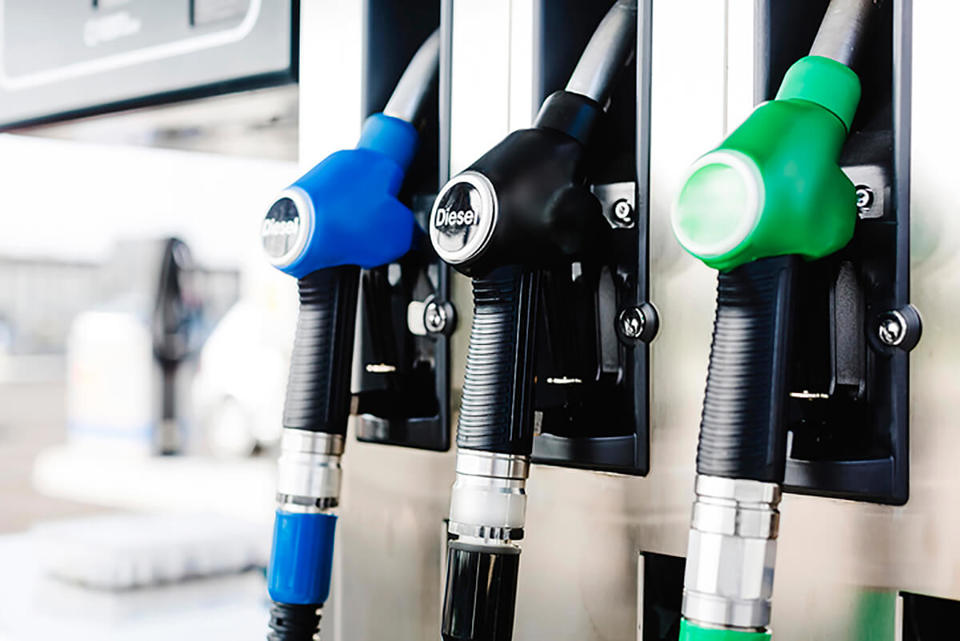High fuel margins are continuing to inflate pump prices for drivers and fleets, according to a new interim monitoring report from the Competition and Markets Authority (CMA).
Examining the road fuel retail market since the previous update in July 2024, the CMA says that fuel margins remain higher than historic levels, but expects drivers to benefit from scheme tracking real time fuel prices next year.
Dan Turnbull, senior director of markets at the CMA, said: “While fuel prices have fallen since July, drivers are paying more for fuel than they should be as they continue to be squeezed by stubbornly high fuel margins.
“We therefore remain concerned about weak competition in the sector and the impact on pump prices.”
Fuel margins of retailers – the difference between what a retailer pays for its fuel and what it sells at – remain around the high levels seen during the CMA’s road fuel market study.
Supermarket fuel margins increased over the May to August 2024 period, up from 7% in April to 8.1% in August.
Non-supermarket fuel margins also increased from 7.8% in April to 10.2% in August.
The sustained increase in the level of fuel margins is concerning, says the CMA, and suggests that overall levels of competition in the road fuel retail market remain weakened.
Fuel prices decreased for both petrol and diesel from June to October 2024. These movements reflect in part changing crude oil prices and refining spreads, both of which are driven by global factors.
The average petrol and diesel prices at the end of October were 134.4 and 139.7 pence per litre (ppl) respectively. This, says the CMA, represents a decrease of 10ppl and 10.4ppl in petrol and diesel prices than the previous four months.
The CMA also looked at the retail spread – the average price that drivers pay at the pump compared to the benchmarked price that retailers buy fuel at – from July to October 2024.
Retail spreads were above the long-term average of 5-10ppl, with petrol averaging 14.9ppl and diesel averaging around 16.3ppl.
Retail spreads have been above long-term averages since 2020, indicating an ongoing lack of retail competition in the sector.
While spread analysis can give a quick overview of trends in the sector, it is a less reliable indicator of competitive intensity than individual retailers’ fuel margins, the CMA explains.
Retail spreads increase and decrease in response to the volatility of wholesale prices but should return to a normal range over time.
RAC head of policy Simon Williams said: “It’s disappointing to hear that the CMA is still concerned about competition among fuel retailers, and that margins remain higher than historic levels – especially after it announced this summer that drivers were overcharged by £1.6bn in 2023.
“We hope the introduction of the Government-backed fuel finder scheme next year will succeed in driving greater competition and enable drivers all around the UK to benefit from fairer prices.”
At the end of its road fuel market study, the CMA recommended a new monitoring function and fuel finder scheme.
The previous Government accepted those recommendations, with the CMA taking on a new statutory monitoring function.
The new Government has since confirmed its commitment to implementing both measures.
The fuel monitoring function will provide ongoing scrutiny of prices to encourage effective competition between retailers and help keep prices low for drivers.
This interim update is based on data provided voluntarily by fuel retailers until new powers come into effect at the beginning of next year.
The ‘Fuel Finder’ scheme will allow drivers to compare real-time fuel prices, via navigation apps, in-car devices and comparison websites.
Luke Bosdet, the AA’s spokesman on road fuel prices, says drivers are again seeing pump prices beginning to rise heading into winter.
“Yesterday (Wednesday, November 27), petrol averaged 135.9p a litre, more than 2p higher than the low point in October,” he said.
“The CMA reporting that retailers continue to pump their fuel margins for extra profit will stir anger once again – particularly when set against the background of the Government continuing the fuel duty freeze.”
Wholesale costs have gone back up to levels seen in late September, yet petrol’s current average pump price has not only increased in line but risen further.
Bosdet continued: “The fuel trade clearly faces overhead pressures from higher wages, national insurance contributions and increased electricity bills. However, the key question is what is a reasonable addition to the pump price to cover that?
“Today’s CMA update is somewhat depressing in that, even with the watchdog breathing down their necks, the fuel trade continues with its bloated margins.
“The AA believes some of this comes from the trade’s enduring habit of matching prices locally rather than competing to beat rivals and offer customers the best price.
“We believe that the Government’s Fuel Finder pump price transparency scheme will eventually erode that as drivers locate and go to the cheaper forecourts, forcing rival fuel stations to lower their prices to compete. Unfortunately, it will take a year for this to come to fruition.”
The Government’s aim is to launch the scheme by the end of next year, subject to securing the necessary legislative powers.





















Login to comment
Comments
No comments have been made yet.